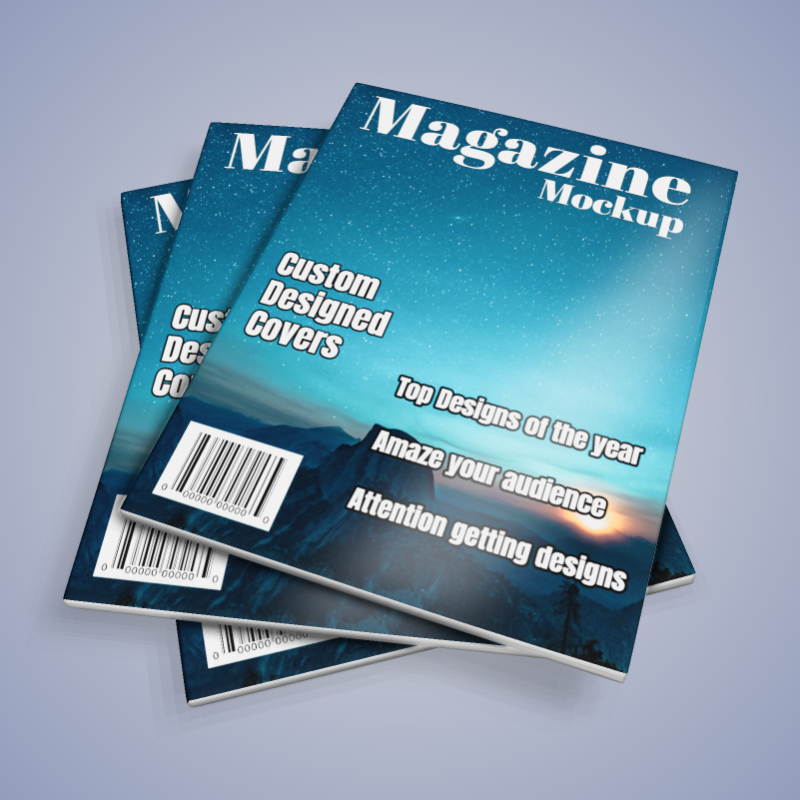Magazines operate at a unique intersection of content creation and advertising, balancing these two elements to maintain their financial viability while delivering valuable material to readers. The delicate equilibrium between editorial and advertising content is crucial for a magazine’s success and sustainability. Editorial content is designed to engage, inform, and entertain readers, often crafted by journalists, writers, and editors who strive to produce high-quality articles, features, and stories. This content is the primary reason why readers purchase or subscribe to a magazine, as it provides insights, analysis, and entertainment relevant to their interests. Advertising, on the other hand, is essential for funding the magazine’s operations. Advertisers pay to have their products and services featured in the magazine, which in turn supports the costs of production, distribution, and personnel. This financial support allows magazines to offer content at a lower price or for free, depending on their business model. Advertisers are attracted to magazines because of their targeted readership; magazines often cater to specific niches or demographics, making them an effective medium for reaching particular consumer groups.

To balance content and advertising, magazines typically adhere to several strategies. One key approach is maintaining clear separation between editorial and advertising content. Most reputable magazines have strict editorial guidelines that prohibit advertisers from influencing the content. This separation is essential for preserving the credibility and trustworthiness of the magazine. Advertisements are usually placed in designated sections, such as the back of the magazine or between articles, clearly marked as ads. This delineation helps prevent any confusion among readers about what is paid content versus what is editorially driven. Another strategy involves creating content that aligns with advertising interests without compromising editorial integrity. For instance, magazines may feature sponsored content or native advertising, where the promotional material is designed to resemble editorial content. However, these pieces are clearly labeled as sponsored or advertorial, ensuring transparency. By integrating relevant ads that resonate with the readership’s interests, magazines can offer value to both advertisers and readers.
This approach can enhance reader engagement, as the content remains relevant and informative while also providing advertisers with a platform to reach their target audience. Magazine’s for world also use data analytics to understand their audience better and tailor both content and advertising accordingly. By analyzing reader preferences, demographics, and engagement metrics, magazines can craft content that appeals to their audience while attracting advertisers who want to reach those specific readers. This data-driven approach helps in creating a mutually beneficial relationship where content remains engaging and advertising remains effective. In summary, the balance between content and advertising in magazines is achieved through clear separation, transparent practices, relevant sponsored content, and data-driven strategies. This balance ensures that magazines remain financially sustainable while continuing to offer valuable and engaging material to their readers.
